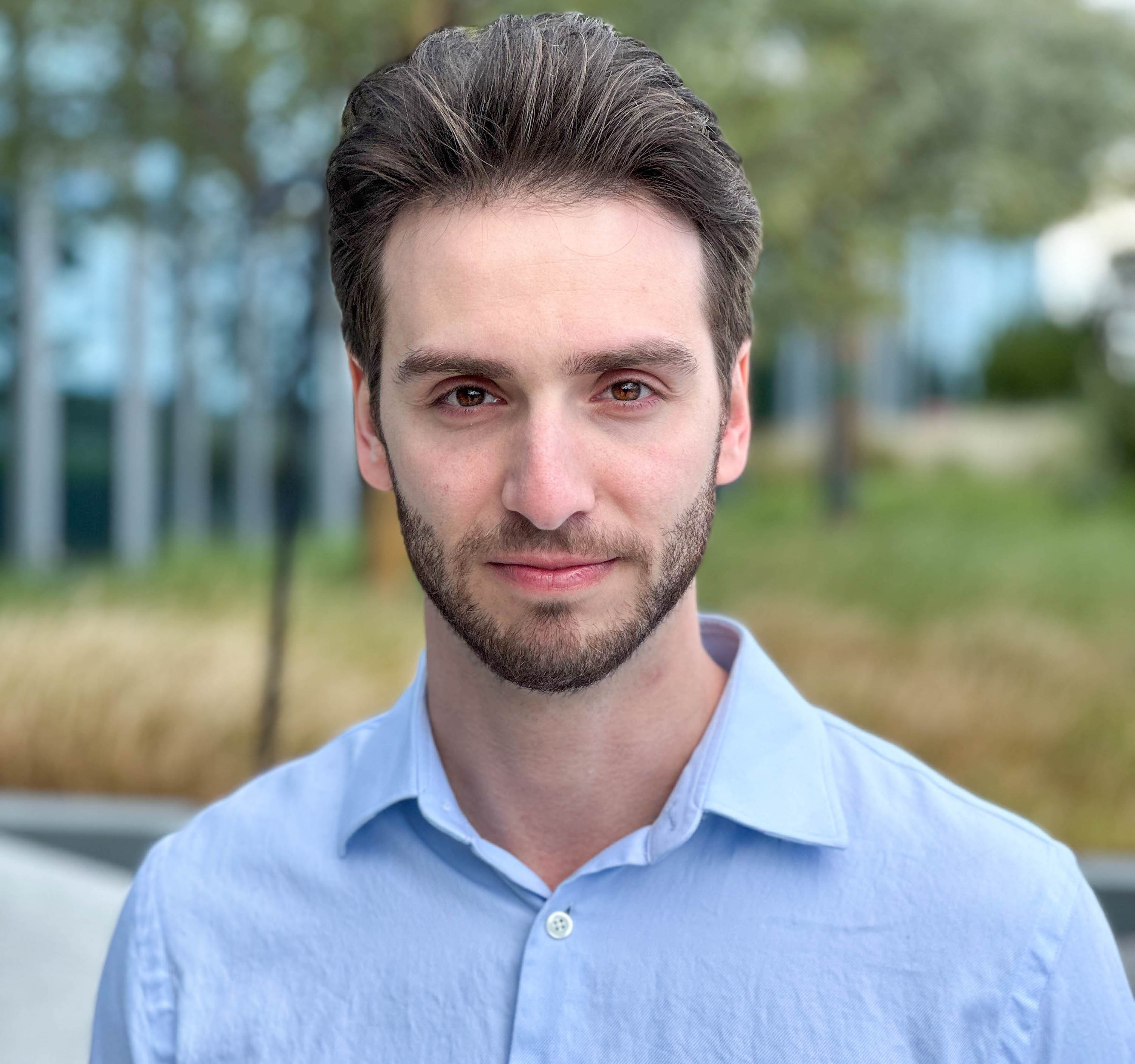

Michael Rubloff
Apr 8, 2025
With any emerging technology, it’s always exciting to see how it’s adapted for artistic purposes. Generally, with radiance fields, the goal is to create lifelike moments in time, immortalized forever. However, today we're looking at something quite different: 3D Gaussian Point Art.
At first glance, it recalls the speckled magic of pointillism, dots arranged just so, creating a picture through the illusion of blending. But this isn’t paint on canvas. It’s color, form, and opacity suspended in 3D space, optimized by artificial intelligence and revealed through movement and perspective.
At the center of this work is artist and technologist S. Eric Chen, who set out to explore what happens when you swap the painter’s brush for a cloud of floating points, guided not by hand, but by machine. Chen is using a modified version of the radiance field representation 3D Gaussian Splatting to power the final output.
The project is reminiscent of Alex Carlier’s Gaussian Painters from 2023, but it takes a more pointillism-based approach to the artwork.
The process begins with a simple idea. Take a handful of 2D artworks, related by style, subject, or emotion, and treat them as viewpoints into a shared 3D scene. Rather than attempting to replicate the real world, Chen uses these images as artistic constraints, asking the AI to assemble a coherent 3D structure that "feels right" when viewed from each angle.
This is where 3D Gaussian Splatting enters the frame. Each point in the cloud carries visual properties like color, size, and transparency. The AI tweaks them so that the evolving composition aligns with the source artworks from their respective perspectives.
The hallmark view-dependent effects of radiance field methods shine here. The artwork shifts with your viewpoint and can even hold secrets within its structure, visible only from just the right angle.
Chen shapes the outcome by tuning how the AI learns: adjusting parameters, experimenting with loss functions, and intentionally limiting the number of points it can use. This introduces a form of artistic scarcity, nudging the system toward minimalism and pattern recognition.
Interestingly, some of the input artworks are themselves generated by AI. By feeding Midjourney created impressionistic images into the point optimization process, Chen creates a feedback loop between generative models. One AI generates the raw material, the other sculpts it into a spatial form. The result blurs the lines between author and algorithm, medium and message.
The final piece is rendered in a custom web viewer built with Three.js, allowing visitors to navigate through the point cloud, watch it rotate automatically, or explore freely. Subtle shifts in camera position reveal new patterns, previously hidden shapes, and even four cleverly embedded images tucked into the volume like Easter eggs.
Though the current experience is digital, Chen is already exploring how to bring this volumetric art into the physical world. One avenue is 3D laser engraving, where point cloud data could be etched into glass or crystal, preserving the illusion of volume in a tangible object.
There’s commercial potential too, not just for fine art and galleries, but also as interactive digital collectibles, branded visual experiences, and immersive marketing. If a company can print a logo, why not float it inside a shimmering 3D sculpture that changes depending on how you view it?
To learn more about Chen’s work, please visit the webpage here.







